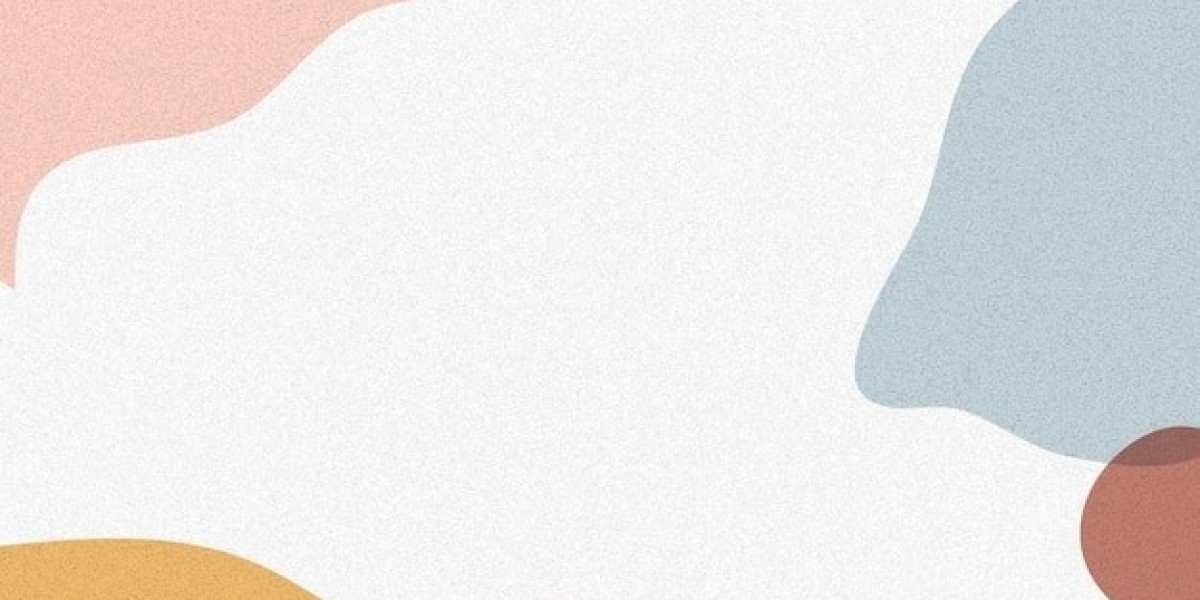Not every material performs the same when selecting a cutting board. Whether you're outfitting a home kitchen or selecting surfaces for a professional-grade culinary setup, the right board makes a major difference in performance, durability, and hygiene. While plastic and PVC board options have gained traction, wood cutting boards remain a preferred choice for their aesthetics, knife-friendliness, and natural antimicrobial properties. But which wood is best?
Here’s a detailed breakdown of the top contenders, their pros and cons, and when PVC board might be the smarter choice.
Why Wood Still Rules the Kitchen
Wood cutting boards have stood the test of time for several good reasons. Unlike hard plastic surfaces, wood has a natural give that’s easier on your knives. It also contains antimicrobial compounds, helping reduce the spread of bacteria. Properly cared for, wooden cutting boards can last years—and they only get better with age.
But not all wood types perform equally. The choice of species affects everything from moisture resistance and grain tightness to hardness and price.
Top Wood Types for Cutting Boards
1. Maple (Hard Maple or Sugar Maple)
Best for: All-purpose kitchen use
Hard maple is the gold standard in cutting board material. Its closed grain resists moisture penetration, helping prevent warping and bacterial buildup. With a Janka hardness rating of around 1,450, it strikes the ideal balance—hard enough to be durable, but not so hard it dulls knives.
Pros:
Durable and dense
Doesn’t scar easily
Widely available
Cons:
Requires regular oiling
Pricier than softer woods
2. Walnut
Best for: Premium, knife-friendly boards
Walnut offers a softer touch than maple, making it gentler on blades while still offering solid durability. It’s also one of the most visually appealing options—rich, dark tones elevate any kitchen aesthetic.
Pros:
Luxurious appearance
Good knife feel
Less prone to staining than lighter woods
Cons:
Softer than maple (Janka 1,010)
More expensive
3. Teak
Best for: Moisture-rich environments
Teak’s natural oils and tight grain make it highly water-resistant—perfect for humid kitchens or heavy-duty prep areas. It’s more resistant to bending and splitting compared to many other types of wood.
Pros:
Extremely water-resistant
Low maintenance
Long lifespan
Cons:
High silica content may dull knives
Expensive and heavy
4. Cherry
Best for: Lighter use and presentation boards
Cherry is a more delicate hardwood that gradually acquires a deep, lustrous finish. It’s ideal for cutting fruits, bread, or cheese but not tough enough for heavy chopping.
Pros:
Beautiful aging process
Easy to maintain
Lightweight
Cons:
Scars more easily
Not ideal for raw meat or heavy prep
Don’t Overlook PVC Boards
While wood is classic, PVC boards are a rising alternative—especially in commercial and food-safe environments. Polyvinyl chloride (PVC) is a non-porous, durable material that resists staining, bacteria buildup, and warping. Unlike wood, it can withstand dishwashers and harsh sanitizers without damage.
Advantages of PVC Boards:
Easy to sanitize
Non-absorbent and stain-resistant
Low maintenance
Cost-effective for large-scale use
For households, PVC boards work well as designated surfaces for raw meats, reducing cross-contamination with produce or baked goods. They're also ideal for outdoor kitchens or mobile cooking stations due to their weather resistance.
End Grain vs. Edge Grain: What Matters
No matter which wood you choose, how it's cut matters. End grain cutting boards (where the wood fibers face upward) are the most forgiving on knives and self-heal over time. They tend to be more expensive but are worth the investment for serious cooks.
Edge grain boards, on the other hand, are more affordable and lighter. They don’t have the same durability as end grain but still offer excellent utility for everyday use.
The Bottom Line
The best material for a cutting board depends on how and where you plan to use it. For general-purpose, maple remains the industry favorite. For aesthetics, walnut or cherry are excellent. If you prioritize low maintenance and food safety, PVC boards are a smart addition to any kitchen setup.
Tip for home builders and kitchen designers: Offering clients a mix—beautiful wood boards for display and daily prep, plus PVC boards for raw meat—adds both function and flexibility to any kitchen design.































